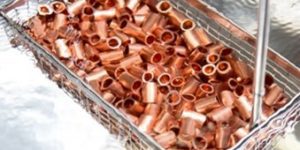Column
Filter by Process Zone:
There’s More to Equipment Financing Than Rates

The interest rate is a very small component of overall financing costs. It’s more important to match the lender to your overall financing needs. Here are some key factors that can help you find a good fit for a financing partner.
Don’t Let Low-Hanging Fruit Hold Back Your Sales

Choose to pursue this and fall into the trap of competing for business in the piranha-like pool of customers who treat every type of sale the same: price trumps quality, reliability, and guarantees. There’s a better way.
A Look Ahead
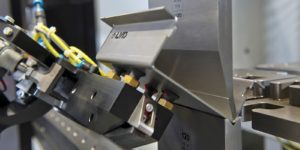
As the metal fabrication business remains strong, watch for more shops to adopt digitization, the principles of Industry 4.0 and integrated process flow as they move toward smaller batch sizes, shorter lead times, high-mix parts to compete – and to address the lack of skilled labor.
Welding High Strength Steel
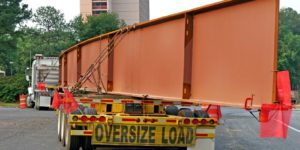
Here are some answers to frequently asked questions about the process of welding this material, along with insights to help you improve your weld quality and increase your productivity.
May the Press Force Be with You: Tips and Tricks for High Tonnage Bending
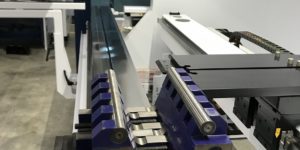
Bending thick plates requires more attention to certain details than lighter bending jobs. Here are some ways to get all your ducks in a row before you bend the first part, so that your job will go more smoothly and translate into more profitable production.
Tips for Successful Hole Sawing
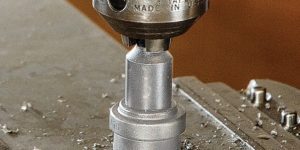
Hole sawing may seem straight forward, and it can be. But for optimal results, following some tips and guidelines for selecting and using hole saws is recommended. In fact, fabricators who are adept and knowledgeable about band sawing can apply some of these same strategies when hole sawing.
Choosing the Right Shear for Your Application
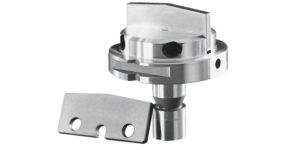
Five different types of shear grinds for punch press tooling can reduce the amount of punching force required, increase tool life when side loading is not a concern, and minimize the amount of wear on the machine. Here are some tips on how to choose the correct option for a specific application.
Making Robots “Tick” for Your Operations
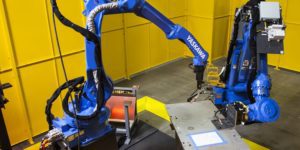
One robot on its own can make a difference in production efficiency. But many shops are realizing how – although what makes one robot “tick” will most likely vary from another – the use of multiple robots in conjunction with each other and/or peripheral technologies can further improve efficiency and accelerate payback.
Finishing Stainless Steel: The Ten Essentials
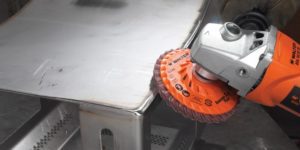
Finishing stainless steel is expensive because it requires a significant amount of time, more skilled labor, and mistakes can have a big impact on quality and productivity. To maximize efficiency and your bottom line in achieving any finish – whether it be a #4 sanitary finish or a #8 mirror finish – be sure to follow these ten best practices.
Learn More About Electrode Extension, Stickout and Contact-Tip-to-Work Distance
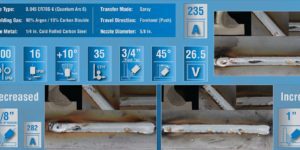
Each of these terms have specific definitions, and using them interchangeably can cause confusion that puts amperage out of the specified range. Understanding the terms being used and how they are defined by AWS provides clarity that can help prevent mistakes and rework.
Small Actions Make a Big Impact on Cutting Success
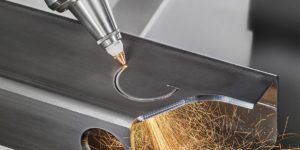
Those details that were so important in the beginning slowly lost their importance in a slippery slope toward diminished product quality, lower efficiency and lack of maintenance. Getting back to basics is always the best way to keep a laser tube machine in top condition mechanically and optically, and to avoid a huge problem before it seems insurmountable.
How to Avoid Losing Customers to Competitors

When a competitor walks away with an account, no one saw it coming or what went wrong. What’s the best strategy for keeping encroaching competitors away from your customers?







